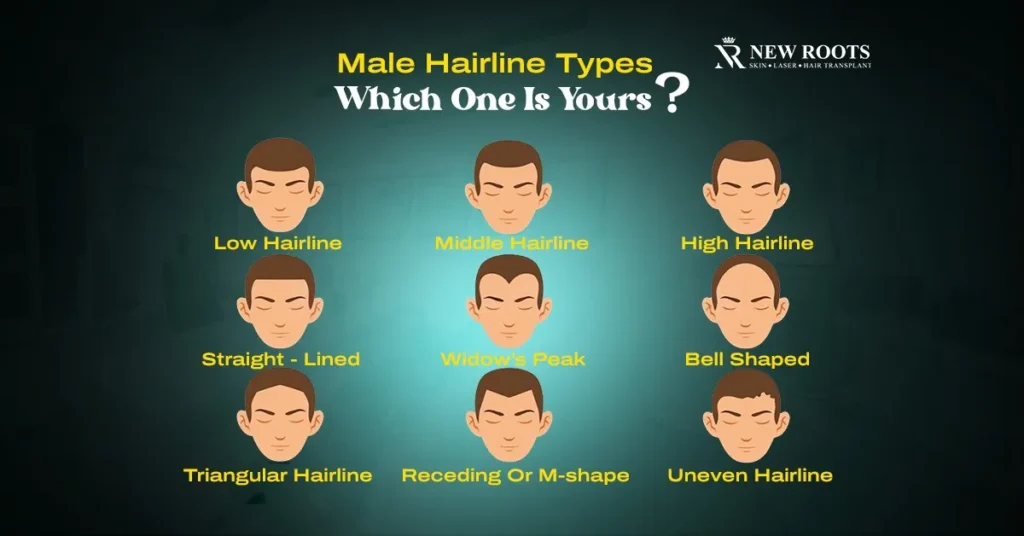Male Hairline Types: How to Identify Them and Their Treatment
It is therefore important to study all the hair types around the male hairline to realize proper management and care.
Understanding Male Hairline Types helps in identifying patterns that may capture different phases of hair growth or loss.
So what follows in this article is a closer look at different types of male hairlines and the best approaches to their treatment and management.
Introduction to Male Hairline Types
Today, the hairlines are important in deciding the facial features of a man and his general appearance.
Knowledge gained about the various Male Hairline Types in men is vital, as it will enable people to realize that they have hair issues at an early stage and then seek the right remedy.
Hairline changes are not only indicative of differences in genetics but also of the phase and type of hair loss.
Table of Contents
Types of Male Hairlines
Let us look at how male hairline types vary a little bit and what sets each of them apart from the other.
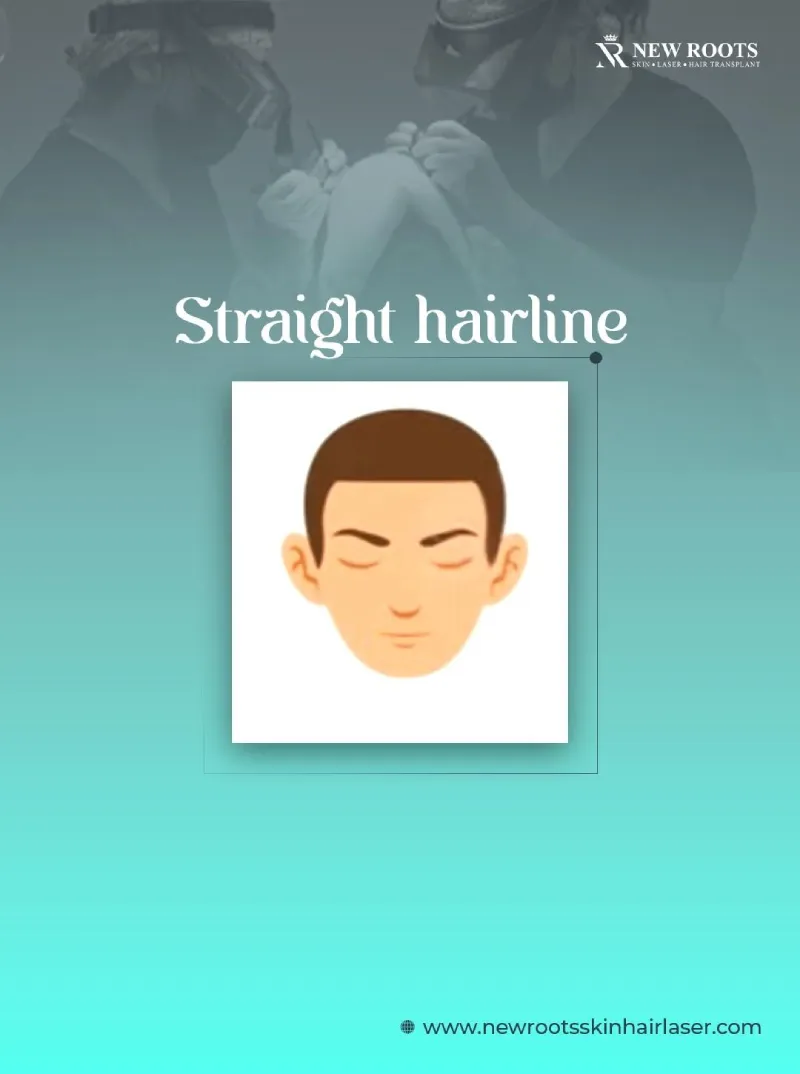
1. Straight Hairline
Straight hairline has a horizontal line drawn on the forehead, right from the middle of the head. This type is generally related to young people, and, when implemented, it gives facial features a certain symmetry.
It comprises hair grooming and any care, given regular hair trims, and the use of volume-enhancing lotions.
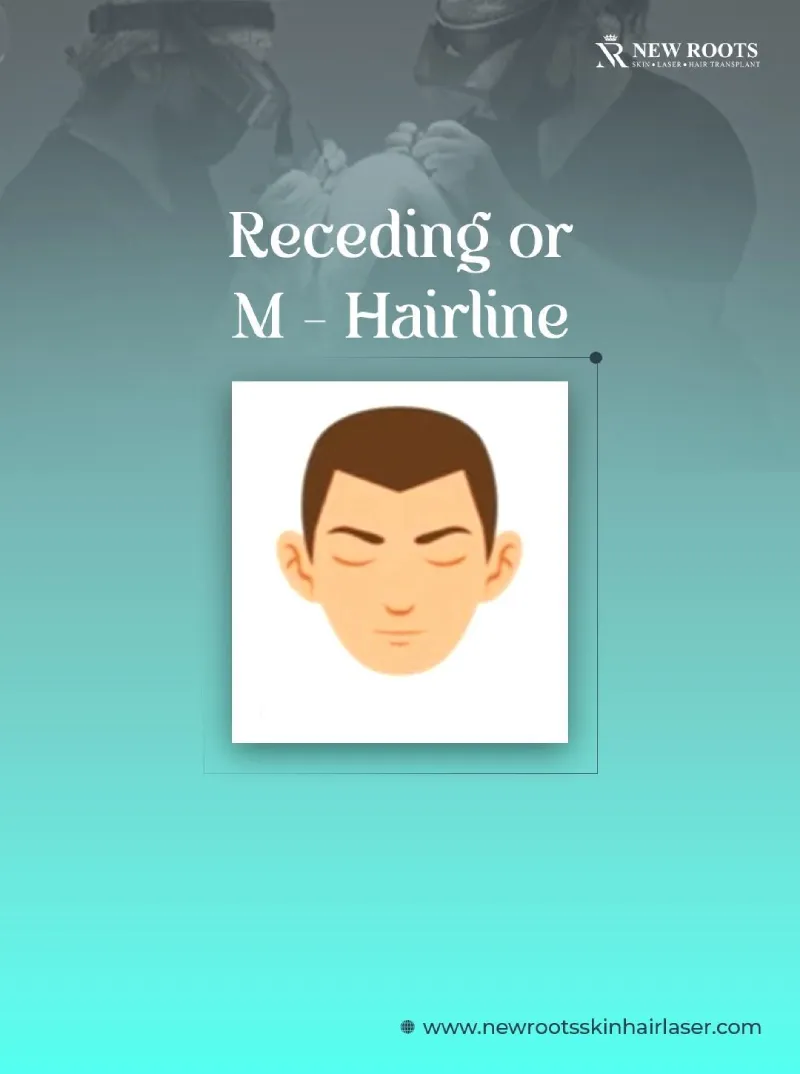
2. Receding Hairline
Another rarity is the shallow hairline type that gradually recedes and is associated with male pattern baldness, scientifically known as androgenic alopecia.
This hairline begins retracing at the forehead and may form an “M” pattern as it goes further. It is especially important to encourage early treatment of hair loss, as compounds such as minoxidil slow it down.
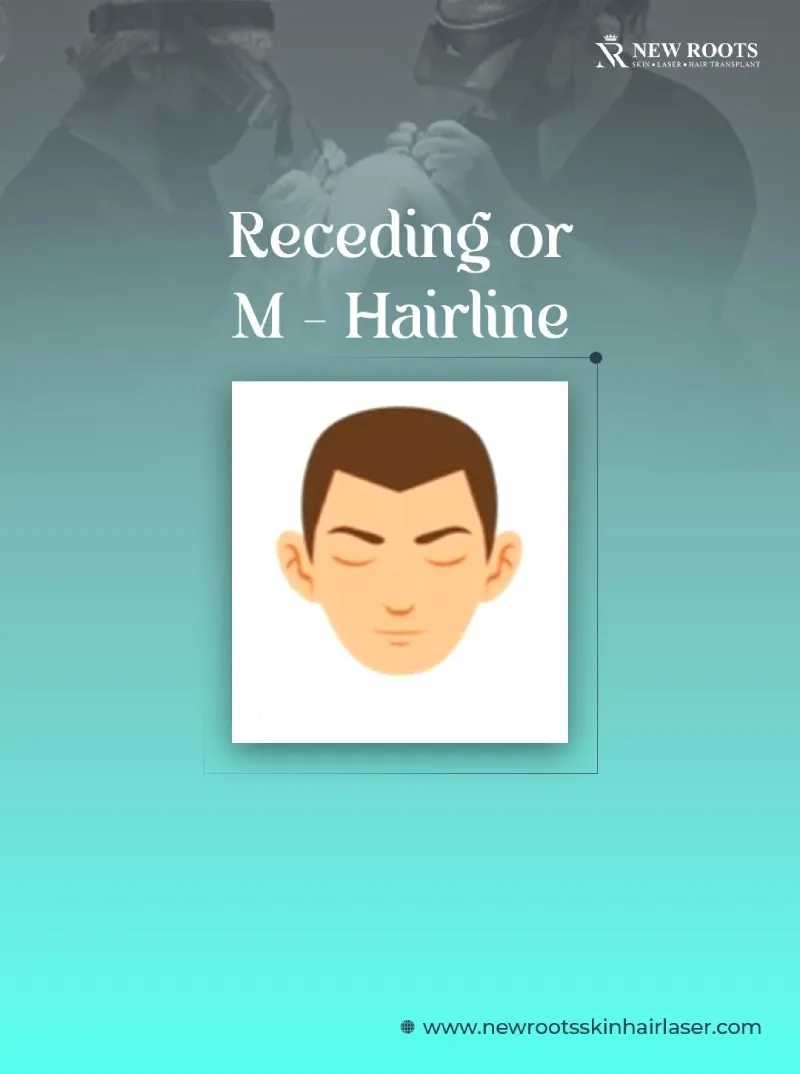
3. M-Shaped Hairline
The M-shaped hairline is characterized by a heavy recession at the temporal positions/points, giving the hairline the “M"-like configuration.
This type is usually a family trait and can be predisposed to anything from stress to hormonal changes. Taking biotin and other vitamins as part of the diet can also benefit hair.
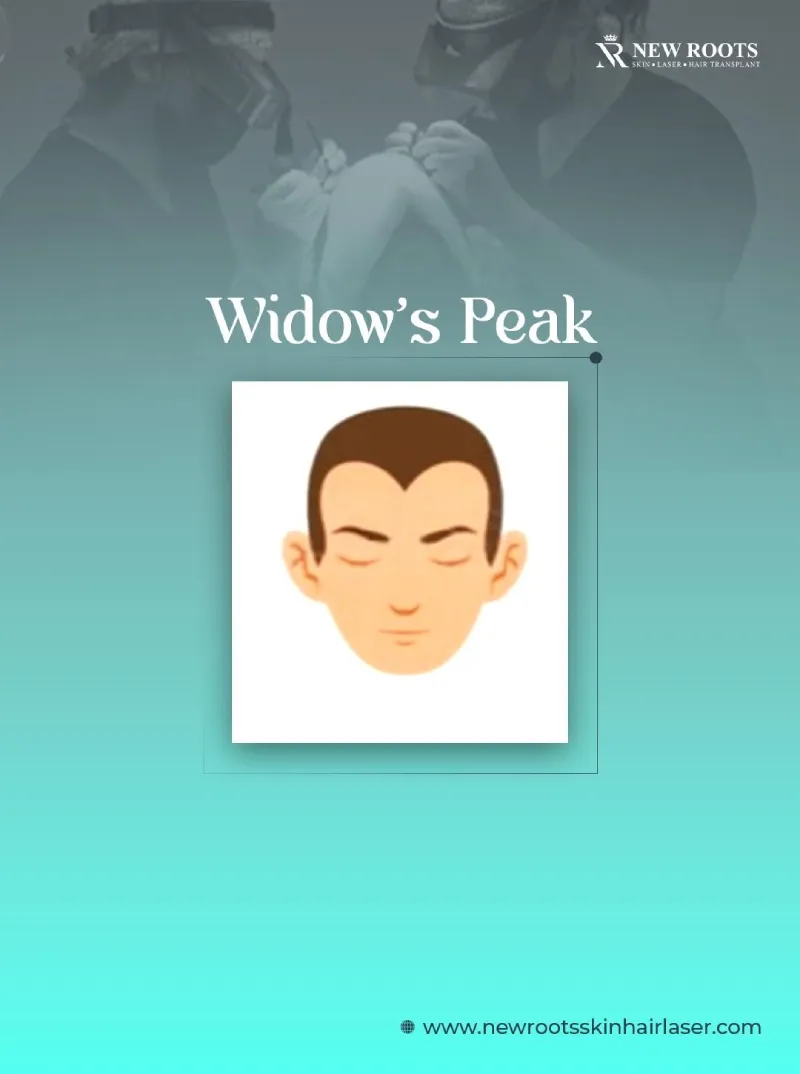
4. Widow’s Peak
Another characteristic of this hairline is that there is a single point in the female forehead at the highest level, in the middle—the U-shaped widow's peak.
They can also help this hairline retain that shape at any stage in life. This hairline can be well defined by as many trims as possible to give it the most appropriate contrast and shape
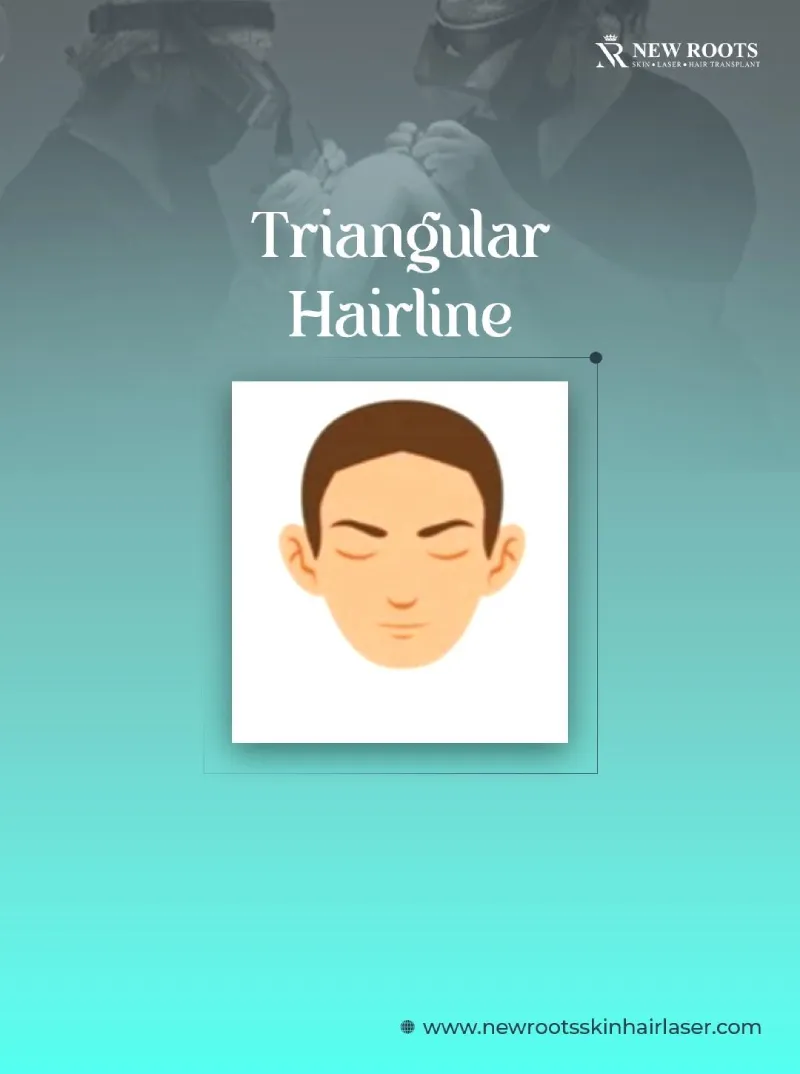
5. Triangular Hairline
A triangular hairline is also rare, and while it is wider at the front than a receding hairline, it tapers towards the back.
On other occasions, this hairline can indicate other hair thinning or even hair loss disorders. Maintenance can be borne by nutritional supplements such as Biotin.
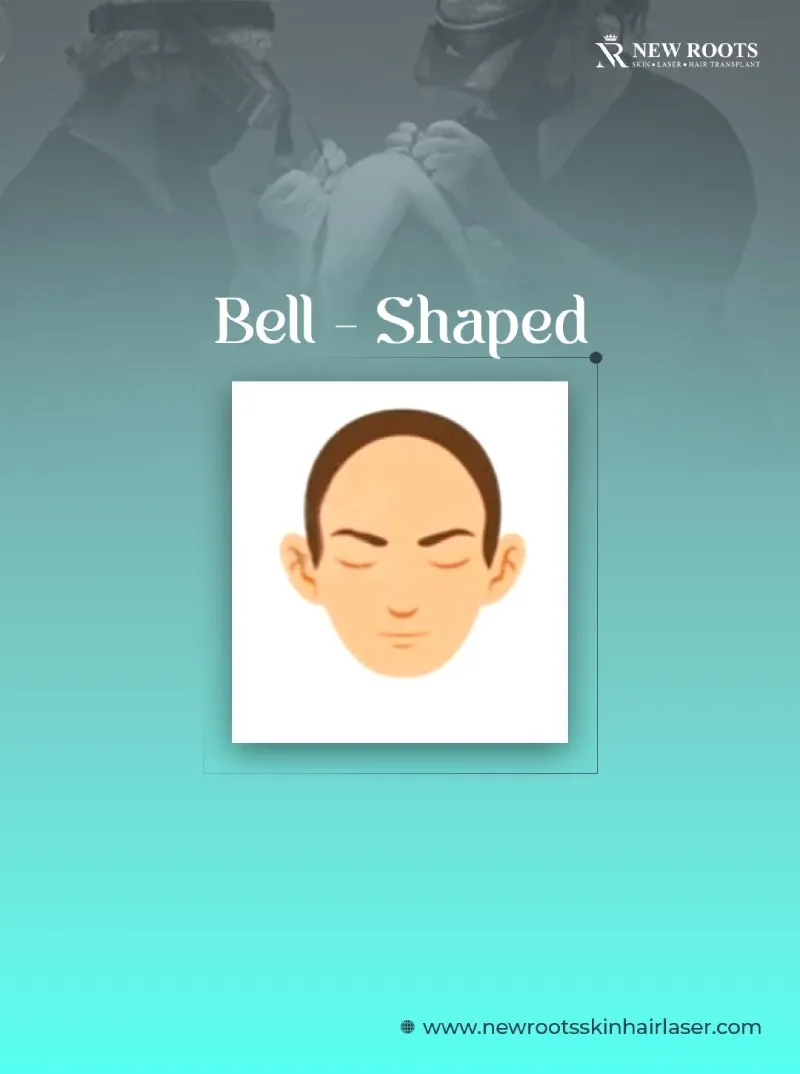
6. Bell-Shaped Hairline
A hairline with a rounded profile at the front of the head, being broader than at the back.
The character of this sort of hairline is that it does not change much over the duration of consideration.
This shape does not need much grooming most of the time, and that is the kind of shape most women seek to achieve.
7. Cowlick Hairline
Cowlick hairline involves a particular area, or line, whereby hair grows in the opposite direction from the hair around it.
This can give some form of natural wave or swirl at the front section of the hair.
J. Kelly: Regarding the maintenance of this hair type, it can be noted that pomade or wax can be applied to maintain this hair type.
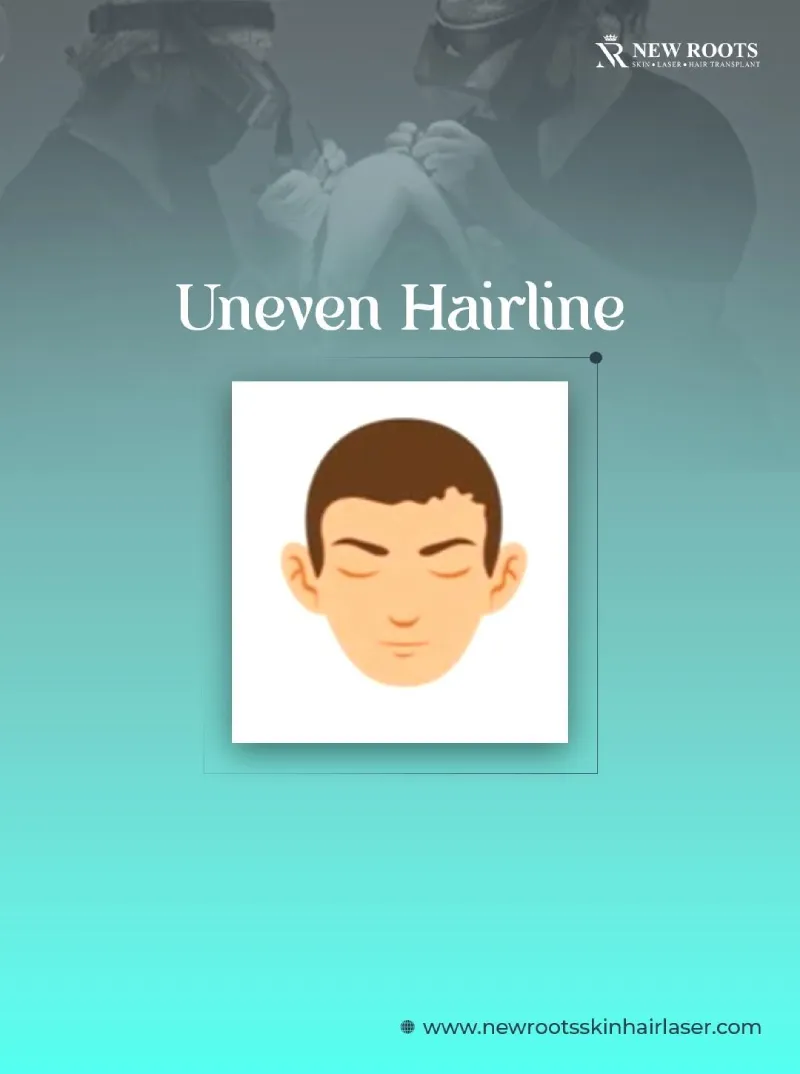
8. Uneven Hairline
This makes a hairline seem uneven, with one side being higher than the other.
Although this is more often than not, a very intense hairstyle only worsens the appearance of the condition.
Because most hair care practices do not have to be vigorous, the body can be made to remain balanced, and any asymmetry that is likely to occur can easily be spotted.
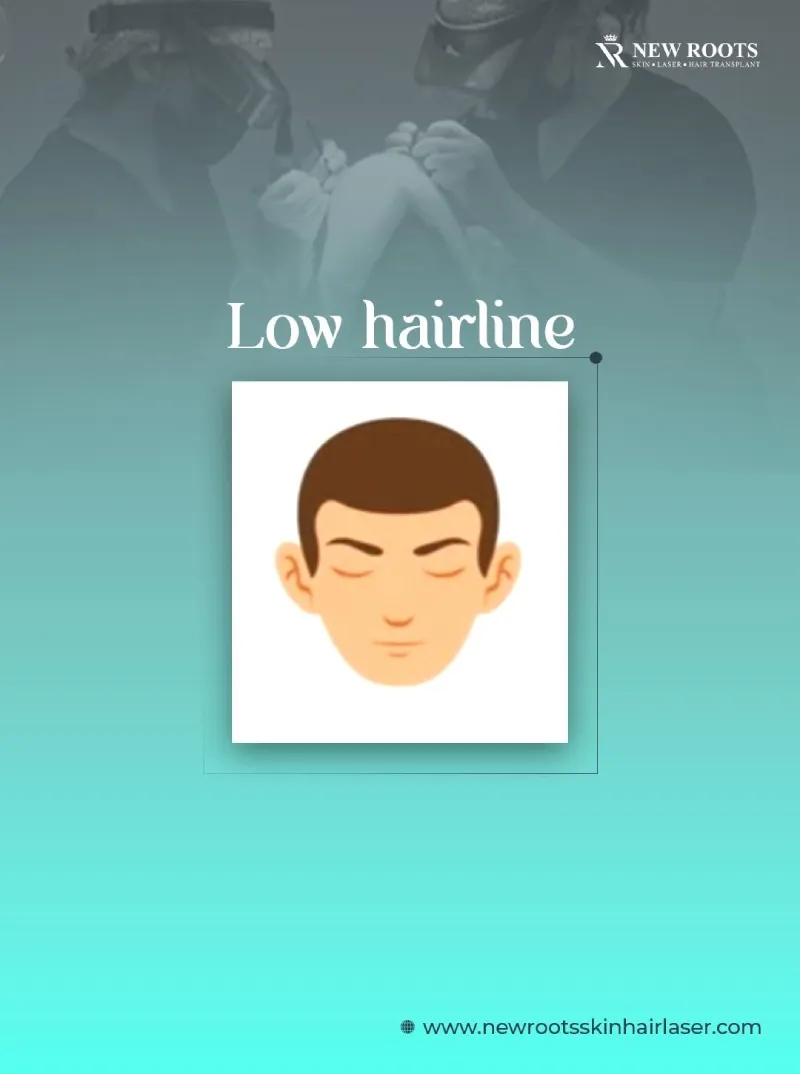
9. Low Hairline
A low hairline begins higher up the forehead, above the eyebrows, and makes the forehead appear shorter.
This hairline type is frequently preserved throughout the years of adulthood without much modification.
This hairline does not need frequent grooming, but it would be better if it were trimmed quite often.
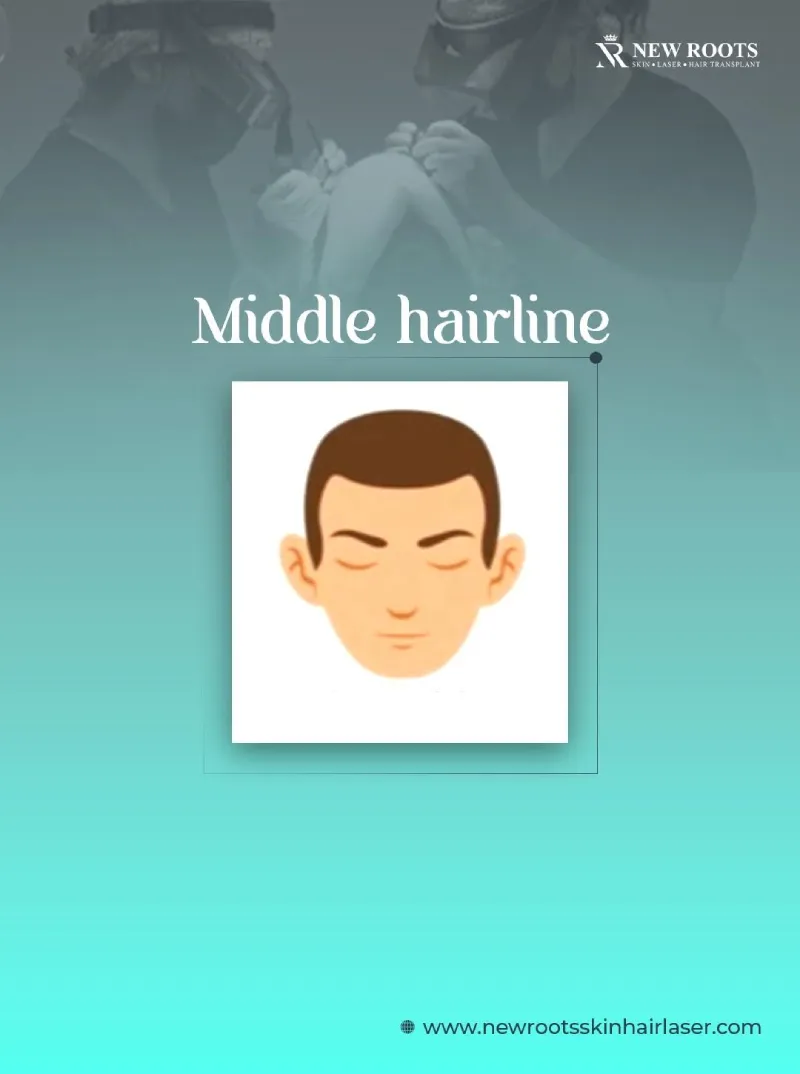
10. Middle Hairline
The middle hairline often corresponds with the size of the forehead and is located about halfway between the eyebrows.
This hairline is common in men, who may not shed a single hair in their lifetimes; such hair only needs basic maintenance.

10. Middle Hairline
The middle hairline often corresponds with the size of the forehead and is located about halfway between the eyebrows.
This hairline is common in men, who may not shed a single hair in their lifetimes; such hair only needs basic maintenance.
11. High Hairline
A high hairline starts a lot higher up on the head than the semi-high hairline does a little lower on the head than the upper part of the head.
Some of these types may develop with the increase in age or changes in the hormonal levels of the body.
Consequently, the monitoring and care regimen is crucial to avoid the chances of recession.
12. Rounded Hairline
The rounded hairline does not have spikes and troughs, or sharp inflections of the curve, but rather flatter curves.
This style is often easy to manage and provides a youthful look. This shape can only be maintained if one’s scalp and hair are healthy.
Features That Influence Hairline Types
Knowledge of the antecedents of hairline types can help in proper treatment.
Genetics: Inheritance is strongly connected with the hairline configuration and the propensity to the loss.
Aging: Men also undergo changes in head hair attributes over their aging lifecycle, which requires different hairline characteristics.
Hormonal Changes: Testosterone and hormonal imbalance will lead to increased hair loss or a change in the shape of the hairline.
Stress: Psychological stress may cause hysterical loss of hair or make the hairline recession worse.
Food Plan: A weight loss plan that promotes hair growth must be complete with nutrients, especially biotin, minerals, and proteins.
Hair Care Practices: Applying the right methods for hair care can go a long way in figuring out the health of the hairline.
The Process of Determining Your Hairline Type is as Follows:
Observe the Shape:
Consider the curvature of the hairline all across your head. Are the hairlines straight, curled, or are there features like the widow’s peak?
Check for Recession:
Find out if there is an early sign of hairline recession. Take an interest in if and how the hairline begins to recede over time, particularly at the temple or forehead.
Consider the Symmetry:
When it comes to the evaluation of the facial hair, try to determine the symmetry of the hairline you have. A hairline that has irregular patterns may be the result of genetics or the hair loss process.
Examine Your Forehead:
Just quickly notice where your forehead starts and how high it goes up on your face.
Hairline patterns depend on the Macrog, one rate, which can be low, medium, or high; hairline position affects the facial appearance and is significant in selecting hairline type.
Look for Cowlicks:
It helps to look for cowlicks, which often lead to the appearance of specific patterns within superregional hair growth that distort the shape of your hairline.
Document Changes Over Time:
Any changes to the hairline should also be documented. This way, considering patterns of loss or changes helps in deducing the hairline type better.
Hair Care and Management for Hairlines
Maintenance is therefore crucial since this can considerably extend the lifespan of the appearance of the hairline of any type that belongs to a male.
Daily Care Routines:
Gentle Shampooing: Do no longer use sulfate-based products on hair as they cause irritation and the elimination of crucial oils from the scalp.
Regular Haircuts: Still, Hair must be reduced regularly to maintain it neat, fashionable, and alternatively wholesome.
Healthy Diet for Hair Growth
Incorporate Foods Rich in:
- Protein: Proteins such as eggs, fish, and nuts are good for the hair, and they help boost the strength of the hair.
- Iron: It indicated that spinach and legumes are helpful for the oxygen transport to the hair follicles.
- Vitamins: For healthy hair, nutrition should be worked on, especially B vitamins such as biotin, which can be found in nuts and whole grains.
Recommended Products
Using High-Quality Products Can Nourish the Hair and Scalp.
Minoxidil: An approved drug to help regrow hair in people struggling with thinning hair.
Finasteride: A Chewable medicine that makes the hair grow without shedding.
Hair Transplantation: An Everlasting Solution
It is because of this that hair transplantation acts as a long-term treatment for humans affected by hair loss.
This is a surgical process of moving hair follicles from the affected areas, which are mostly the scalp’s donor site, to thinning or balding areas to form new hair follicles that, in due course, form natural-looking hair growing on the scalp.
Conclusion
It is therefore important that one recognizes various male hairline types or patterns and how to take care of them to enhance one’s self-esteem and physical appearance.
With proper care, a healthy diet, and taking the required medical treatments, it is possible to take proper care of the hairline and produce healthy hair.
From time to time, evaluation and receiving advice from professionals also improve one’s chances of having a good hairline all life.
Focusing on hair care habits today means you are sowing seeds for healthy hair and stronger hairlines tomorrow.
How New Roots Treats Male Hairline Types
Targeted Solutions: New Roots also provides services according to the type of male hairlines, such as receding hairlines, widow’s peak, and many others.
Medications: Eyebrow loss reduction and hair growth: New Roots uses an FDA-approved treatment consisting of minoxidil and finasteride.
Innovative Technology: New Roots uses modern approaches like low-level laser therapy, which stimulates blood flow and stimulates the follicles, enhancing potential hair growth.
Nutritional Support: Using a carefully chosen list of ingredients and loads of biotin as a key component, New Roots is about supplementing hair health from the inside.
Consultation and Monitoring: A professional evaluation allows the creation of individual programs with subsequent constant assessments and necessary changes depending on the situation.
Why Choose New Roots
Expertise: New Roots is manned by practitioners with extensive knowledge of various baldness disorders, thus guaranteeing quality services.
Safety: Each procedure and product is clinically extensively evaluated and free of harm for use in hair restoration, reducing any risks posed towards such an endeavor.
Comprehensive Approach: The New Roots is different from the current hair treatment solutions in that it uses medical, nutritional, and technological approaches to counter hair loss.
Positive Results: Most clients have claimed to have experienced improvements and are satisfied with the outcomes offered by New Roots hair restoration.
Convenience: New Roots provides numerous types of treatments and products that can be applied in each hair care regimen to make hair healthier all the time.
Q&A ASK
There are several types of male hairlines, such as straight hairline, early reversible hairline, widow’s peak hairline, H hairline, V hairline, inverted triangular hairline, low hairline, mid hairline, high hairline, bell-shaped hairline, and rounded hairline. Both types present different factors that define a specific genetic profile and predisposition to hair loss.
If you want to find out what type of hairline you have, then you need to look at the big picture, search for a horizontal recovery at the temples, compare sides, and show some love to that forehead skin. It is important to document such changes with a view to being able to get a better understanding of some of the changes that occur over time.
Indeed, some particular kinds of hairline, such as receding and M-shaped hairlines, can point to male pattern baldness or androgenetic alopecia. These people are vulnerable to hair damage because of genetics and hormonal imbalances.
Absolutely. A diet that has a lot of vitamins, minerals, and protein easily helps in the growth of hair. Lack of nutrients makes hair go thin, and this plays a big factor when one has a problematic hairline, hence the need to balance our diet.
People with different hairline types may be recommended for different treatments that include topical creams such as Minoxidil regrowth, other pills like finasteride, and even hair transplant surgery. Recommendations from a specialist can tailor treatments to personal requirements.
